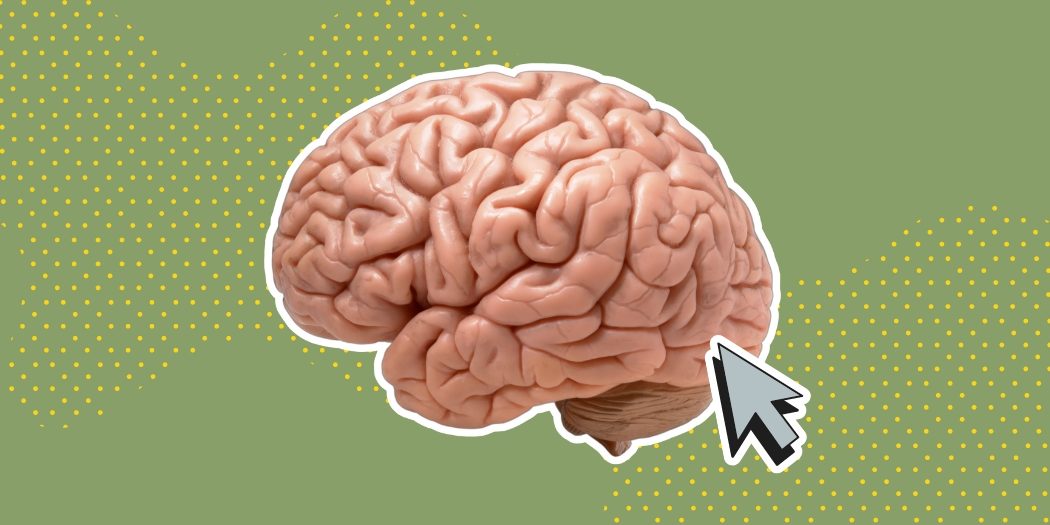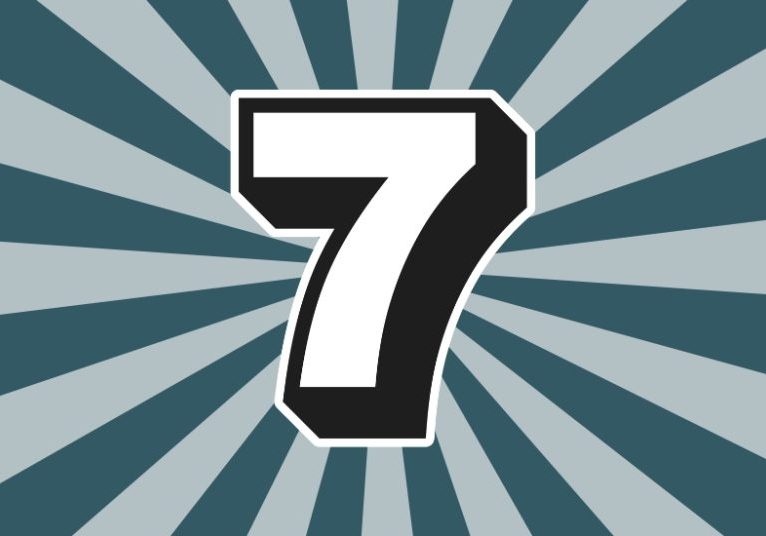Welcome to the exciting world of web design, where art meets psychology! As a professional web designer with years of experience under my belt, I've come to realize that understanding the human mind is just as important as knowing your HTML and CSS. In this article, we'll delve into some psychological principles that can make your website not just good-looking, but smart and emotionally engaging.
The Power of First Impressions
Quick Overview: Understand why the initial visual impact of your website is crucial in capturing visitor attention and how you can make a lasting impression in mere milliseconds.
The first impression of your website is more critical than you might think. It's about making an immediate visual impact. Let’s explore the science behind first impressions and how you can use it to your advantage.
The 50 Milliseconds Rule
Did you know users form an opinion about your website in just 50 milliseconds? That's faster than the blink of an eye! Lindgaard's research in "Behaviour & Information Technology" showed this startling fact, underscoring the importance of a strong visual first impression. When I designed my first e-commerce site, I made sure the homepage was not just clean and navigable, but also visually appealing with a color scheme that reflected the brand's personality.
Tip ✨: Use high-quality images and a color scheme that aligns with your brand identity. Remember, your homepage is like the front door to your digital house – make it inviting!
Color Psychology in Web Design
Quick Overview: Dive into the fascinating world of colors and learn how the right palette can influence your visitors' emotions and behaviors, aligning with your brand's message.
Colors are not just visual elements; they are powerful psychological tools. In this section, we'll discuss how different colors can evoke specific emotions and how to choose the best color scheme for your website.
Colors Speak Louder Than Words
Every color has a story. Blue exudes trust and dependability (think Facebook), while red can evoke excitement and urgency (perfect for clearance sales). Hemphill's research in the "Journal of Business Communication" can be a guide here. For Saint Beauty Bar, we crafted a color palette that beautifully melds timeless elegance with modern sophistication. The dark green conveys contemporary grace, while black adds a touch of classic sophistication. Beige brings a fresh atmosphere to the mix, and the hint of terracotta introduces subtle warmth. This chic combination creates a visually stunning identity and mirrors Saint Beauty Bar's commitment to providing personalized and approachable experiences for its clients.
Tip ✨: Consider your target audience and brand identity when choosing your color scheme. It's not just about looking pretty; it's about conveying a message.
The F-Layout: Reading Patterns and Web Design
Quick Overview: Discover how users typically scan websites and how you can leverage this F-shaped reading pattern to optimize content placement and design.
Ever wondered how people read online content? It's quite different from print. Let’s talk about the F-pattern in reading and how understanding this can transform the effectiveness of your website’s layout.
How Eyes Navigate Web Pages
Thanks to eye-tracking studies by the Nielsen Norman Group, we know that people typically scan web pages in an F-shaped pattern. This knowledge is crucial for placing key information where users are most likely to notice it. On my blog, I ensure that the most important content is at the top left, where readers start scanning.
Tip ✨: Align your most important information (like CTAs and key benefits) with the F-pattern to increase visibility and engagement.
The Principle of Simplicity and Minimalism
Quick Overview: Learn how simplicity in web design can reduce cognitive load, making your website not just aesthetically pleasing but also more user-friendly.
Simplicity is key in effective web design. This section will explain why less is often more, focusing on how a minimalist approach can make your website more comprehensible and engaging for users.
Less is More
Cognitive load theory tells us that our brains can only handle so much information at once. That's why simplicity in web design is key. Think of Apple's website – it's the epitome of minimalism, making it both beautiful and easy to use. By using whitespace effectively and keeping design elements to a minimum, you can enhance user experience significantly.
Tip ✨: Avoid clutter. Use whitespace and clean lines to guide users' attention to what matters most.
Trust and Credibility Through Design
Quick Overview: Discover how your website’s design can influence its credibility and learn practical ways to establish trust with your audience.
Trust is crucial in the digital world. Here, we’ll explore how various design elements can enhance the credibility of your website and how to avoid common pitfalls that could undermine user trust.
Winning Confidence with Visual Elements
Design is not just about beauty; it's also about trust. As Fogg's Stanford Web Credibility Research suggests, a website's design can significantly impact its credibility. For an online store I worked on, we included professional photos, user reviews, and trust badges to boost credibility and reassure customers.
Tip ✨: Incorporate elements like testimonials, professional imagery, and trust symbols to build credibility.
Emotional Engagement and Storytelling
Quick Overview: Uncover the power of storytelling in web design and how it can create a deeper emotional connection with your visitors.
Stories captivate us. In this section, I’ll show you how incorporating storytelling into your web design can emotionally engage visitors and make your website more memorable.
Crafting a Narrative for Your Audience
We humans love stories. They make us feel connected and engaged. That's why incorporating storytelling in your web design can be so powerful. For our skincare client, Averraglow, we leveraged the power of real testimonials and before-and-after pictures. This approach not only showcased the tangible results of their products but also created an authentic connection with potential customers. By highlighting real stories and transformations, we were able to foster trust and demonstrate the efficacy of their skincare line, making the website not just a sales platform, but a space of genuine user experiences and achievements.
Tip ✨: Use visuals, user journeys, and your brand story to weave a narrative that resonates with your audience.
Call-to-Action: Psychological Triggers
Quick Overview: Understand the psychology behind effective calls-to-action and how to design them to boost user engagement and conversions.
A well-crafted call-to-action is a linchpin of website success. We’ll delve into the psychological triggers that prompt users to act and discuss how you can design your CTAs for maximum impact.
Encouraging User Action
The call-to-action (CTA) is the final piece of the puzzle. It's where you convert visitors into customers or followers. A well-designed CTA, informed by Cialdini’s principles of influence, can significantly increase conversions. Use action-oriented language, contrasting colors, and strategic placement to make your CTA stand out.
Tip ✨: Your CTA should be clear, compelling, and easy to find. Don't leave your visitors guessing what to do next.
The Psychology of Navigation
Quick Overview: Explore how intuitive navigation can enhance user experience and learn best practices for creating a user-friendly website structure.
Navigation is more than just a menu. It guides the user journey. This section focuses on how to design intuitive and straightforward navigation, enhancing the overall user experience on your website.
Making Websites Intuitively Navigable
If your website is a maze, visitors will leave. Cognitive fluency dictates that we prefer things that are easy to understand and use. This is where intuitive navigation comes into play. Organize your website in a way that feels natural. Drop-down menus, clear labels, and a logical site structure are your friends.
Tip ✨: Test your navigation with real users. Sometimes what makes sense to you may not be intuitive to others.
User Feedback and Interaction
Quick Overview: Learn the importance of integrating user feedback mechanisms and interactive elements to foster community and improve your website.
Feedback is a two-way street. Here, we will discuss the importance of user interaction in web design, including ways to incorporate and respond to feedback, creating a dynamic and engaging user experience.
The Human Touch in Digital Interactions
Last but not least, let's talk about interaction. Integrating user feedback mechanisms like comment sections, live chats, and surveys can significantly boost engagement and user satisfaction. It also provides valuable insights into what your audience thinks and wants.
Tip ✨: Encourage user interaction. Make it easy for visitors to leave feedback, and more importantly, respond to it. This interaction creates a community around your brand.
Conclusion
Incorporating psychological principles into web design is not just about making your site look good. It's about creating an experience that resonates with your audience on a deeper level. Remember, a website is not just a digital brochure; it's a dynamic, interactive platform that can forge meaningful connections with its users.
Dive into these insights, experiment, and watch your website not only attract more visitors but engage them in a way that truly clicks. Remember, the psychology of web design is an evolving field – stay curious, stay creative, and keep learning!
And if you're hungry for more, I've included a list of my go-to studies, articles, and books at the end of this article for further reading.
Further Reading and Resources
For those who are keen to delve deeper into the psychology of web design, here’s a list of my go-to studies, articles, and books. These resources provide a more comprehensive understanding of how design choices can impact user behavior and perceptions.
Studies and Research Papers:
- Lindgaard, G., Fernandes, G., Dudek, C., & Brown, J. (2006). Attention web designers: You have 50 milliseconds to make a good first impression!, Behaviour & Information Technology.
- Hemphill, M. (1996). A note on adults' color-emotion associations, Journal of Genetic Psychology.
- Nielsen, J., & Pernice, K. (2010). Eyetracking Web Usability, New Riders.
- Sweller, J. (1988). Cognitive Load during Problem Solving: Effects on Learning, Cognitive Science.
Books:
- “Don't Make Me Think, Revisited” by Steve Krug.
- “The Design of Everyday Things” by Donald A. Norman.
- “Influence: The Psychology of Persuasion” by Robert B. Cialdini.
- “100 Things Every Designer Needs to Know About People” by Susan Weinschenk.
Articles and Online Resources:
- Smashing Magazine: Color Theory for Designers.
- Psychology Today: The Psychology of Web Design.
- Interaction Design Foundation: How to Use Storytelling in UX.
Websites and Blogs:
- Nielsen Norman Group (nngroup.com)
- Smashing Magazine (smashingmagazine.com)
- A List Apart (alistapart.com)
Whether you’re a seasoned designer or just starting, these resources are invaluable in mastering the art of psychological influence in web design. Happy reading and designing!

